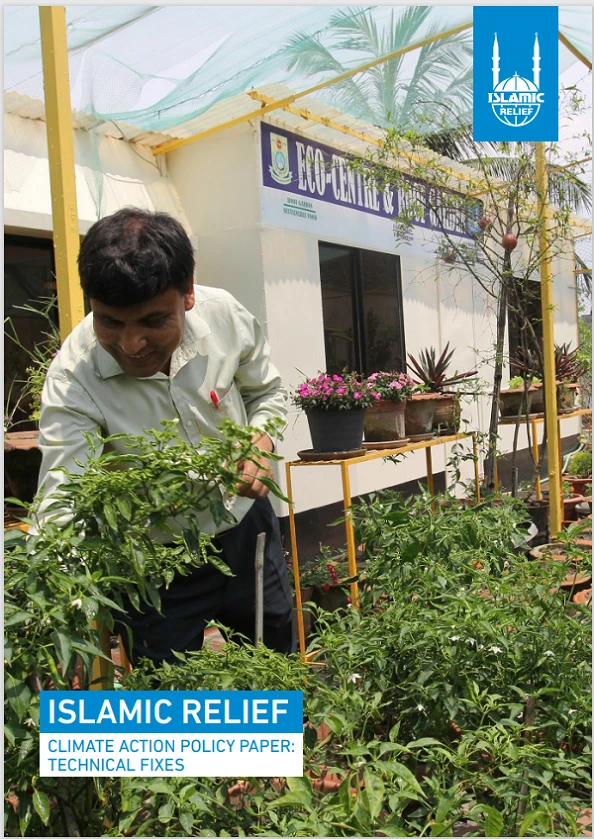Nearly 170 people have been killed after heavy rains and intense flooding devastated large parts of Kenya, while a further 100 people remain missing.
According to the National Disaster Operations Centre (NDOC), over 150,000 people have been displaced by the floods, with 191,000 individuals affected across the country.
96 new internally displaced peoples (IDPs) camps have been set up across Kenya since the beginning of April.
People living in areas at risk of flooding or landslides have been asked to evacuate.
34 out of Kenya’s 47 counties have been affected, causing severe damage to more than 27,700 acres of farmland and killing close to 5,000 livestock. Infrastructure has also been affected, with dams bursting or now at risk.
Supporting affected communities
Islamic Relief is using existing projects to reach affected communities in 4 counties – Tana River, Garissa, Wajir, and Mandera. We have so far reached 2,800 families in Wajir and Mandera, providing cash transfers enabling them to purchase food and emergency shelter items.
In addition to this, we are planning to rehabilitate boreholes in these 4 counties, to help provide water for local communities and for livestock consumption.
Changing weather patterns
The flooding in Kenya comes on the back of a longer-than-usual rainy season, spurred by El Nino weather patterns.
Multiple villages in Nakuru county, south-west Kenya, have been affected, but the village of Mai Mahiu has been all but destroyed as flooding over the weekend caused a nearby dam to burst, engulfing the village in floodwater. More than 50 villagers from Mai Mahui remain missing.
As more rainfall is forecast, Islamic Relief will continue to liaise with the government and work with local authorities to increase our emergency response.
Please help us make a difference and support our lifesaving work in Kenya. Donate today.










